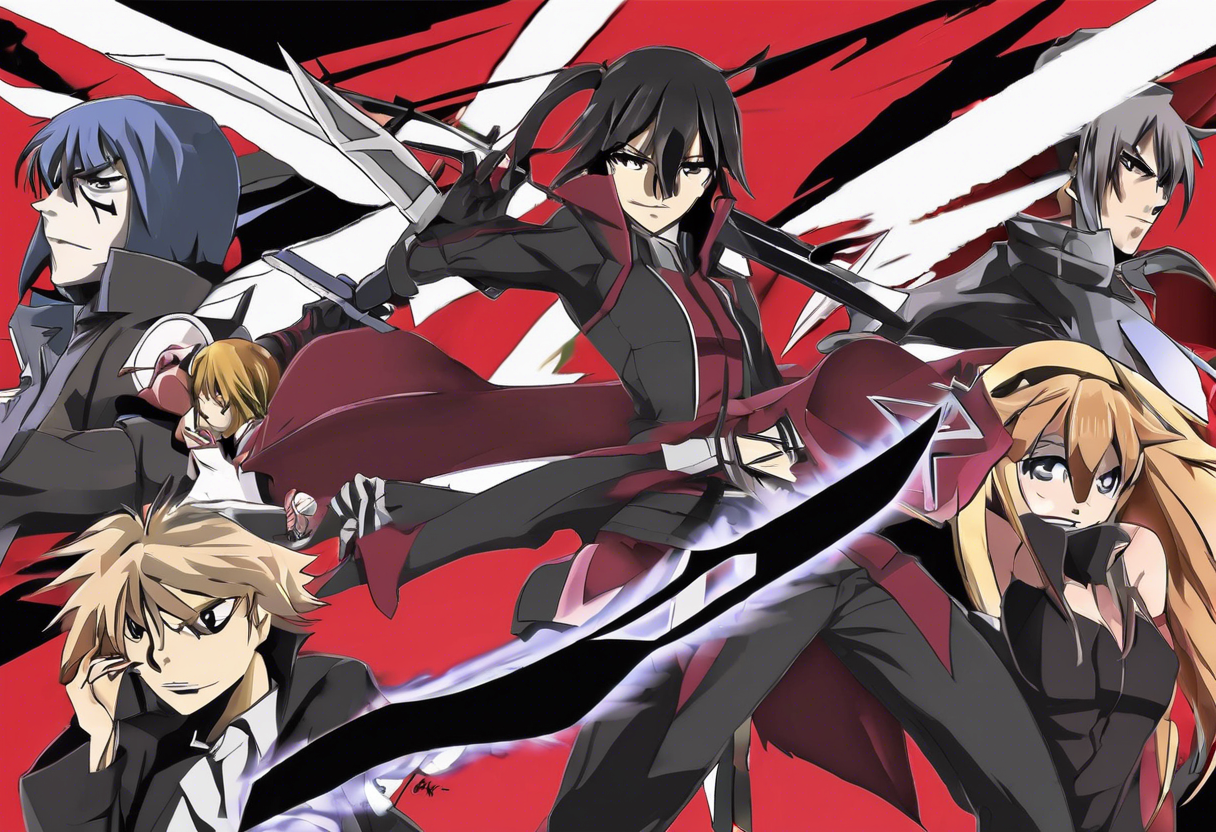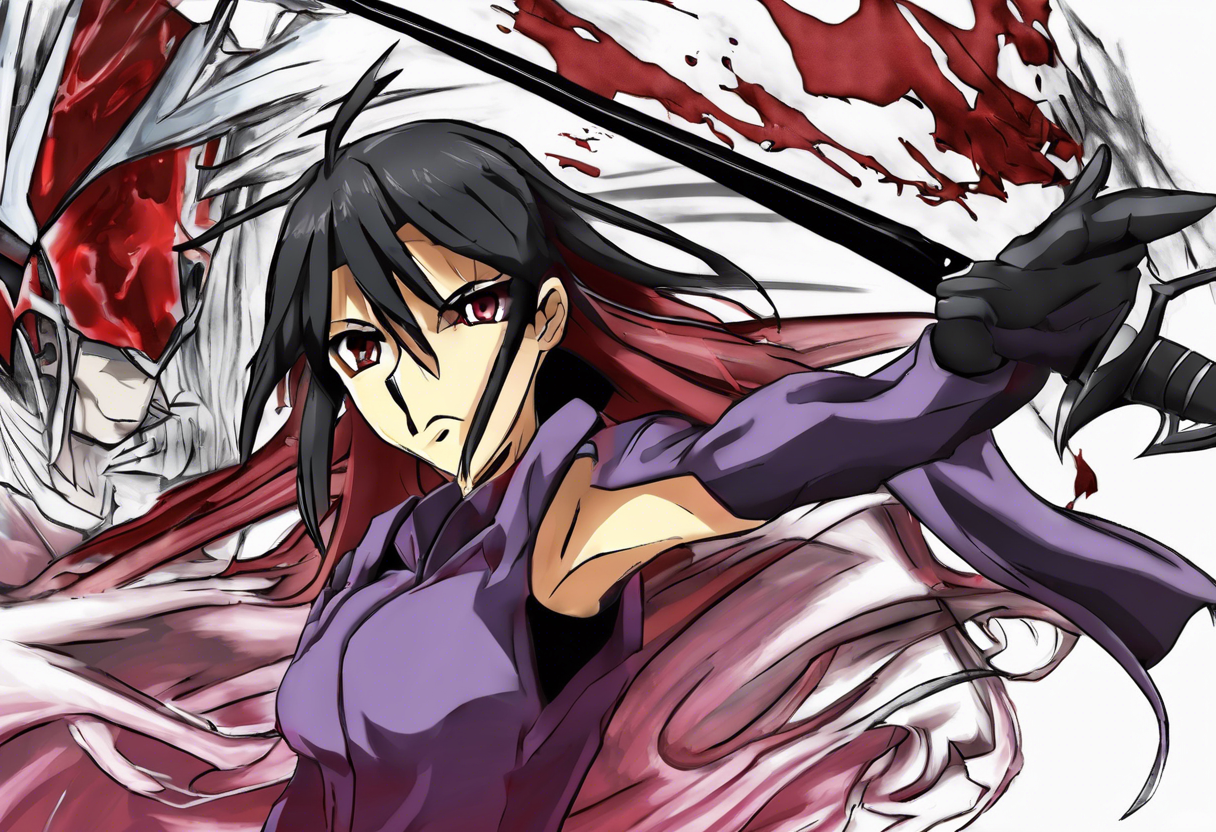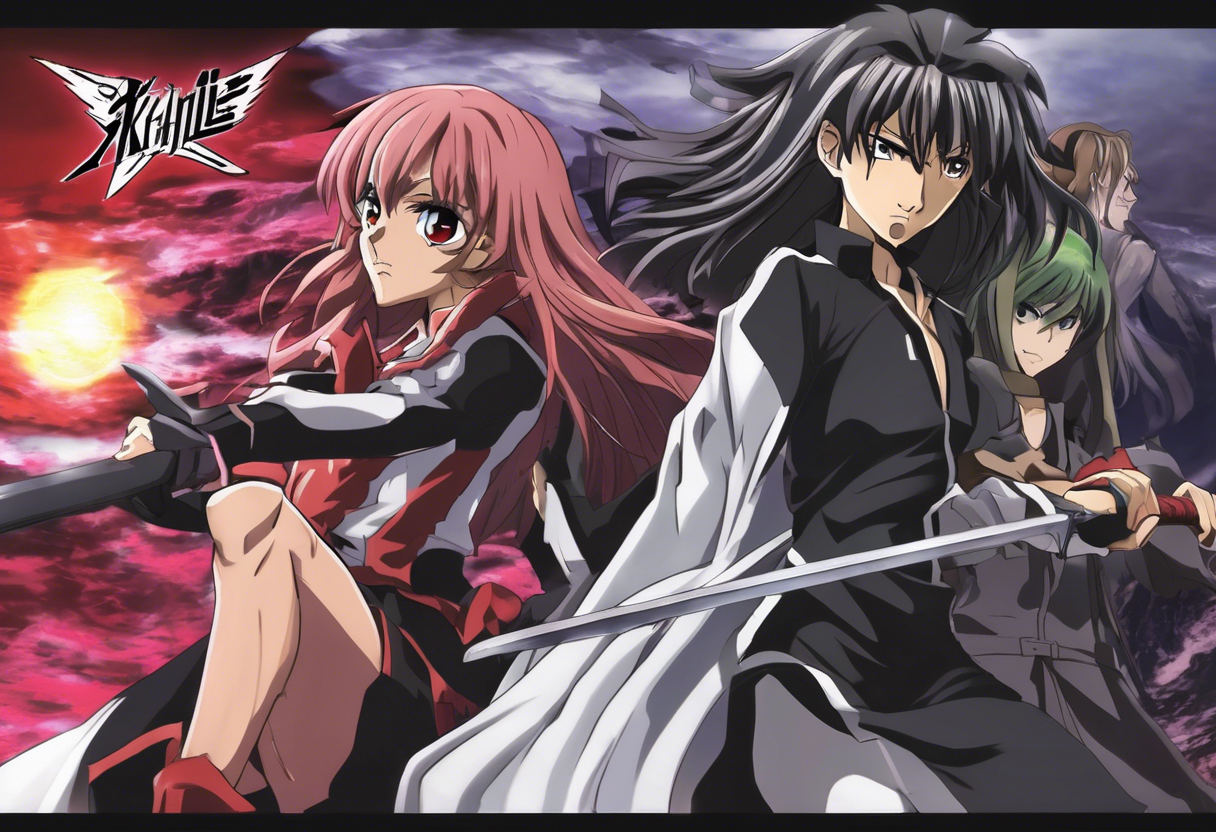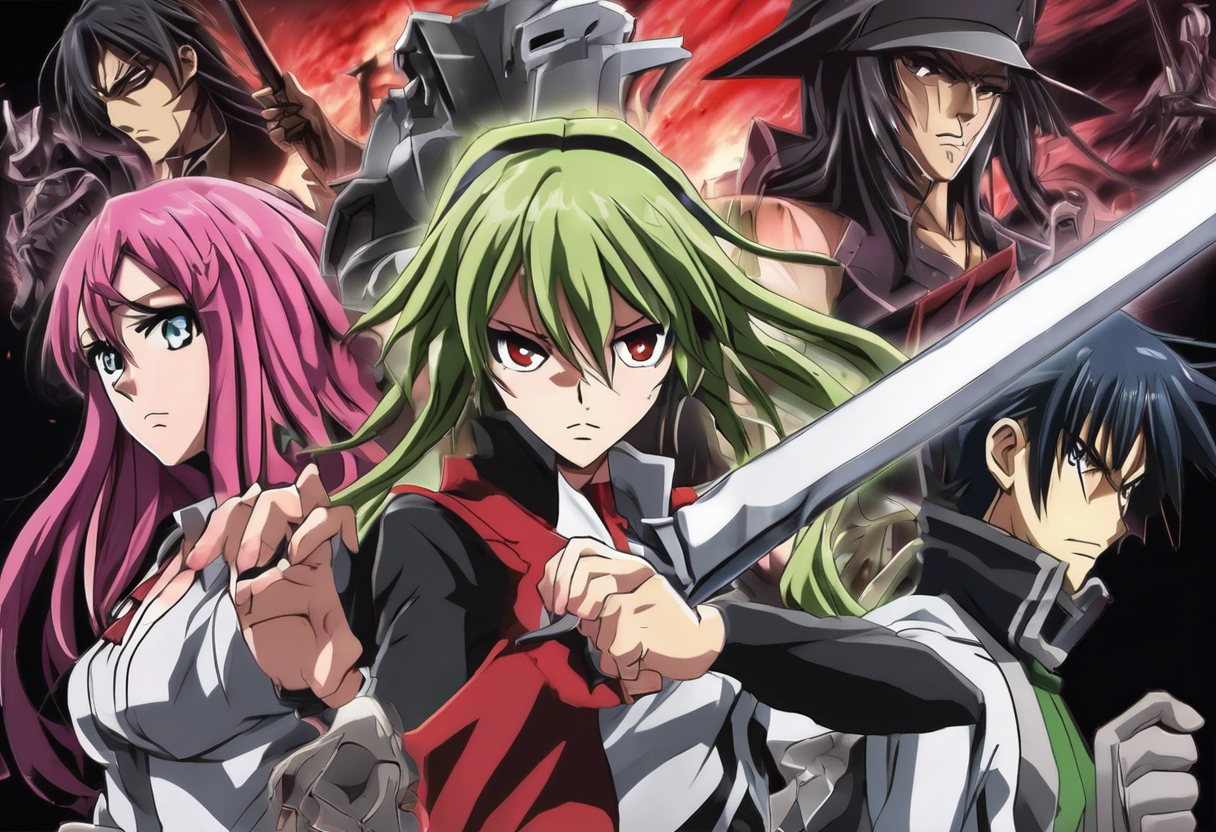Contents
Akame ga Kill – Episode 19: Kill the Fate
Introduction
Akame ga Kill Episode 19, titled "Kill the Fate," is a pivotal installment in the anime series, marking a significant turn in the storyline as the characters navigate the complexities of their mission and personal struggles. The episode was directed by Tomoki Kobayashi, with the series itself being an adaptation of the manga by Takahiro and Tetsuya Tashiro. Produced by White Fox, the episode initially aired in 2014 as part of the anime’s first season.
What sets "Kill the Fate" apart within its genre is its intense action sequences, deep character development, and the exploration of themes such as justice, morality, and the consequences of war. This episode is particularly notable for its dramatic fights, character deaths, and the escalation of the conflict between Night Raid and the Jaegers.
Plot Summary
In "Kill the Fate," the narrative is multifaceted, with several key events unfolding simultaneously. Night Raid has devised a plan to eliminate Bolic, an Imperial spy, which is crucial for their mission to disrupt the Empire’s operations. Mine and Tatsumi are tasked with creating a diversion to draw the Jaegers away from the main strike force. They attempt to sneak out of the city in disguise, but their plan is quickly foiled when they are spotted by Suzuka, who alerts Seryu and Coro[5].
Seryu, driven by her rigid sense of justice and righteousness, pursues Mine and Tatsumi with relentless determination. This chase leads to a ruin-strewn canyon where the group engages in a fierce battle. Seryu’s encounter with Mine is particularly intense, as Mine seeks to avenge the deaths of her comrades, Sheele and Chelsea. The fight between Seryu and Mine is marked by Seryu’s use of her trump card, which severely damages Mine[2].
Meanwhile, Tatsumi faces off against the female Demon, often referred to as "eyepatch boob lady" in recaps, who is part of the Rakshasa Demons. Despite being initially overpowered, Tatsumi gains strength from his determination to protect Mine, allowing him to continue the fight. The battle concludes with the Demon being crushed by a rock, marking a temporary victory for Tatsumi[2].
The main strike force of Night Raid, consisting of Akame, Leone, and Lubbock, targets Bolic. They successfully execute their mission, with Lubbock hanging Bolic and Akame killing Holimaca, thereby completing their objective[1].
In another part of the city, Susanoo and Leone engage in a battle against Kurome and Wave, members of the Jaegers. This fight is part of the broader conflict between Night Raid and the Jaegers, highlighting the escalating violence and stakes as the series approaches its climax[4].
Najenda, the leader of Night Raid, also plays a crucial role in this episode by confronting Esdeath, who is increasingly frustrated with Bolic’s failed plans. Esdeath’s character is further solidified as a formidable and ruthless adversary, underscoring her status as a key antagonist[2].
The episode is marked by several dramatic and bloody fights, each contributing to the overall tension and urgency of the narrative. The deaths of several characters add a layer of gravity, emphasizing the high stakes and the personal costs of the ongoing war[4].
Themes and Symbolism
"Kill the Fate" delves into several central themes that are characteristic of the Akame ga Kill series. One of the most prominent themes is the exploration of justice and morality. Seryu’s unwavering commitment to her own sense of justice is juxtaposed with the more nuanced views of the Night Raid members, highlighting the complexity of what it means to be just in a world filled with moral ambiguities.
The episode also explores the theme of fate and destiny, particularly through Mine and Tatsumi’s interactions. The "red thread of fate" mentioned in their bickering symbolizes the bonds between characters and the inevitability of their paths crossing in significant ways[2].
The use of violence and bloodshed is another symbolic element, serving to underscore the brutal reality of war and the consequences of the characters’ actions. This violence is not gratuitous but rather serves to emphasize the gravity of the situation and the personal sacrifices made by the characters.
Cultural Impact
Upon its release, "Kill the Fate" received significant attention for its intense action sequences and dramatic plot developments. The episode’s impact on popular culture is evident in its influence on other anime and manga series, particularly those in the action and fantasy genres.
The episode’s reception was marked by discussions about its graphic content and the emotional toll on characters, reflecting broader conversations about the portrayal of violence in anime. The episode has been referenced and parodied in various forms of media, further solidifying its place in anime culture.
Critical Reception
Critics and audiences praised "Kill the Fate" for its engaging storyline, intense action, and character development. The episode was noted for its ability to balance multiple plot threads and deliver a cohesive narrative despite the complexity of the story.
However, some critics pointed out the episode’s reliance on anime plot conveniences, such as Tatsumi’s sudden gain in strength, which some found less convincing. Despite these minor criticisms, the episode was generally well-received for its emotional impact and the progression of the overall story arc[2].
Legacy
"Kill the Fate" remains a significant episode in the Akame ga Kill series, contributing to its enduring relevance in the world of anime. The episode’s intense action sequences, coupled with its deep character development and thematic exploration, continue to inspire filmmakers and artists.
The episode’s place in cinematic history is secured by its influence on subsequent anime series and its contribution to the broader discussion about violence, morality, and the human condition in anime. As a pivotal moment in the series, "Kill the Fate" continues to be a point of reference for fans and critics alike, highlighting the series’ ability to engage audiences with its complex and emotionally charged narrative.
References
- https://agkofficial.fandom.com/wiki/Episode_19
- https://theadultswimsquad.wordpress.com/2016/01/18/akame-ga-kill-episode-19-recap-kill-the-fate/
- https://megaprinceytay.wordpress.com/2014/11/10/akame-ga-kill-episode-19-review/
- https://www.animenewsnetwork.com/review/akame-ga-kill/episode-19/.80860
- https://otakuauthor.com/akame-ga-kill-episode-19-kill-the-fate/







